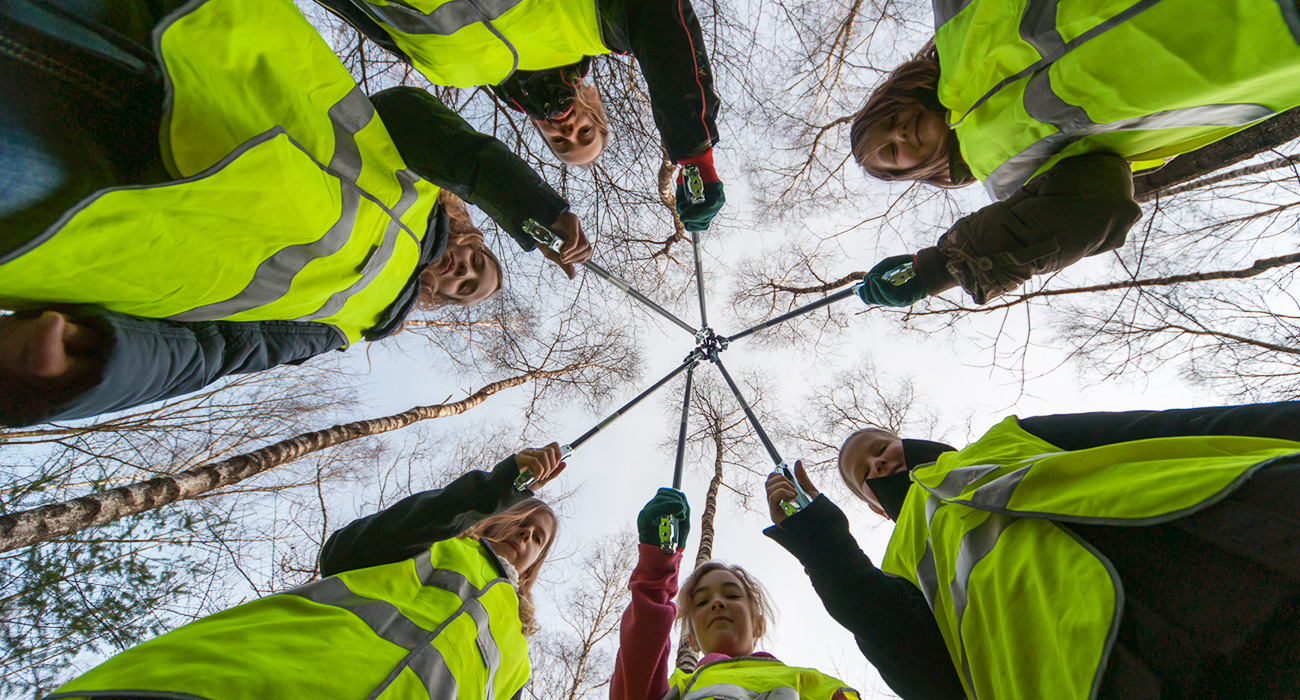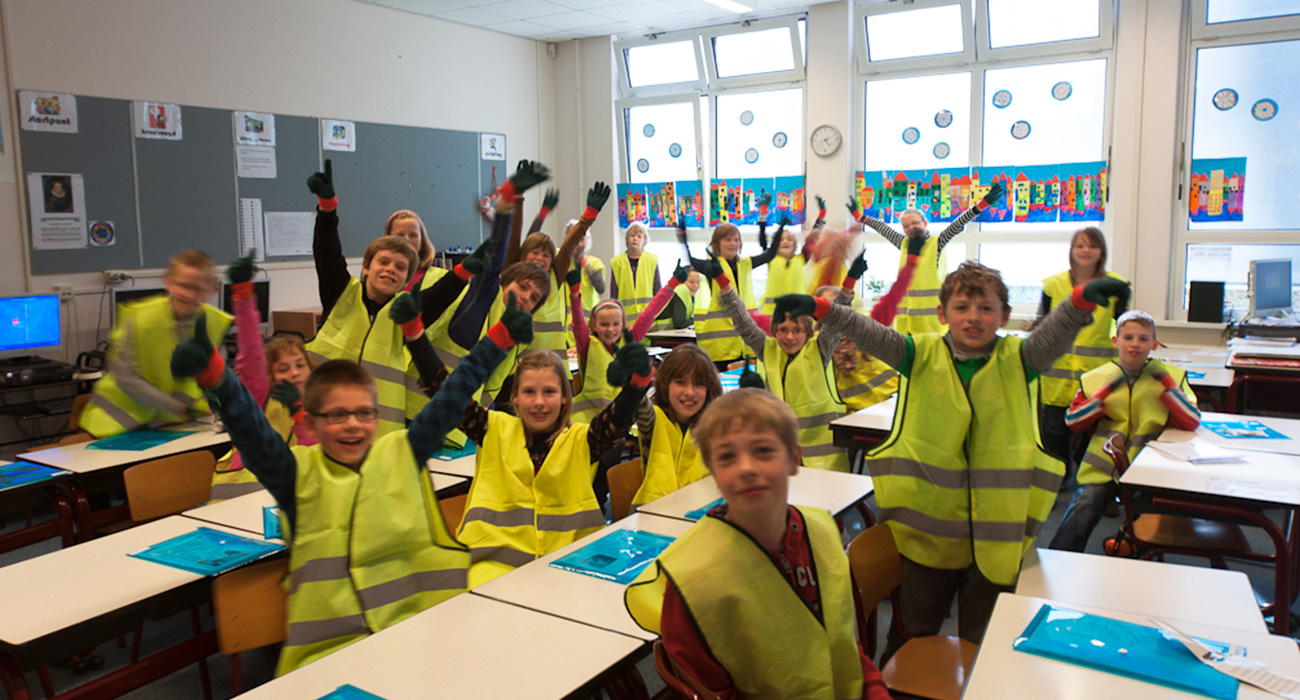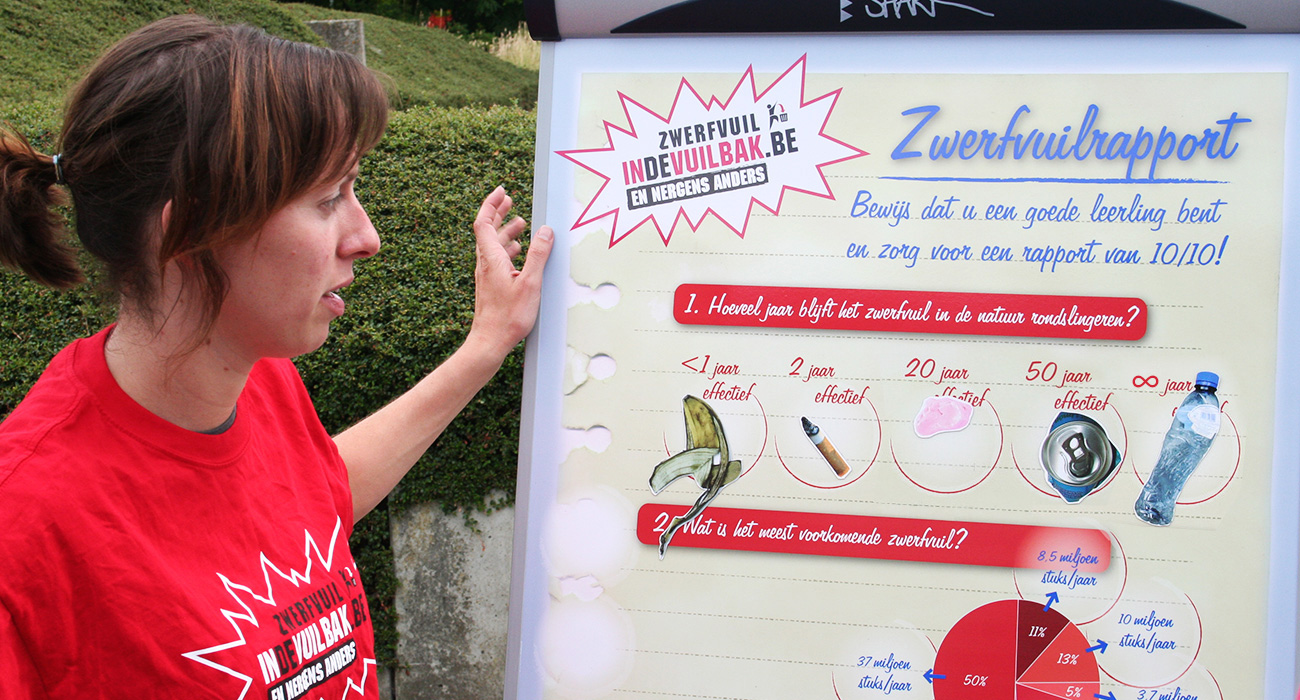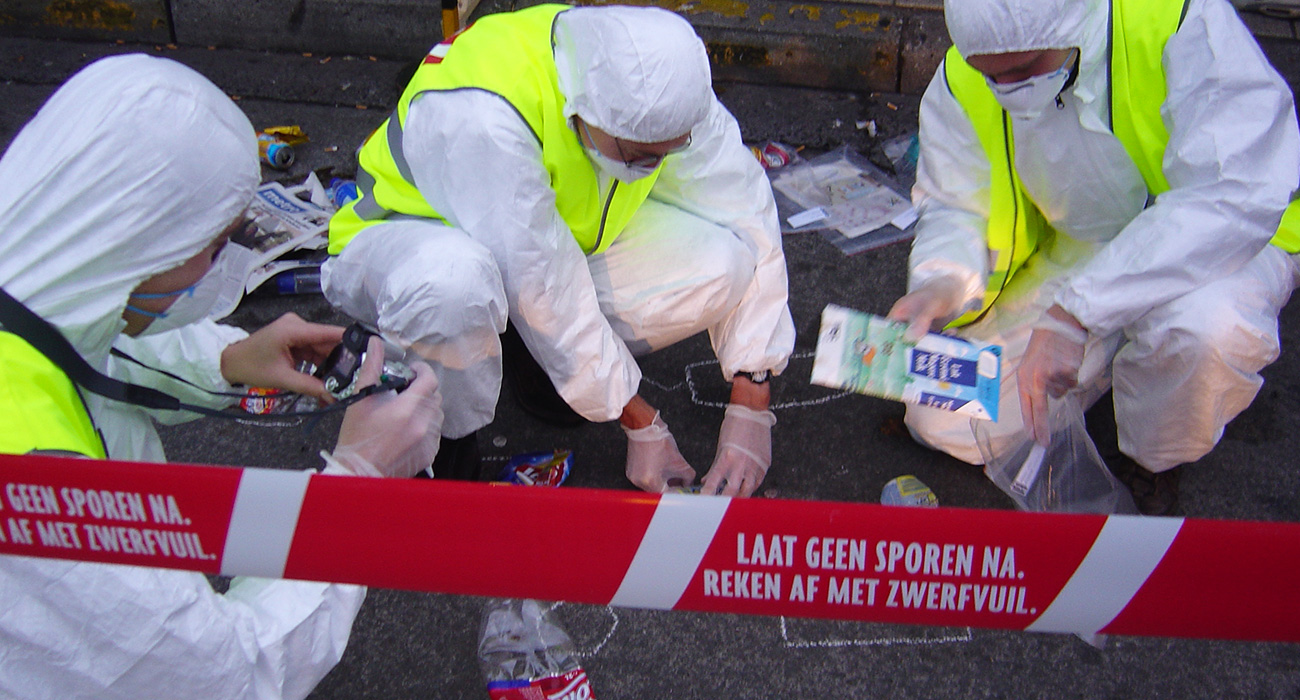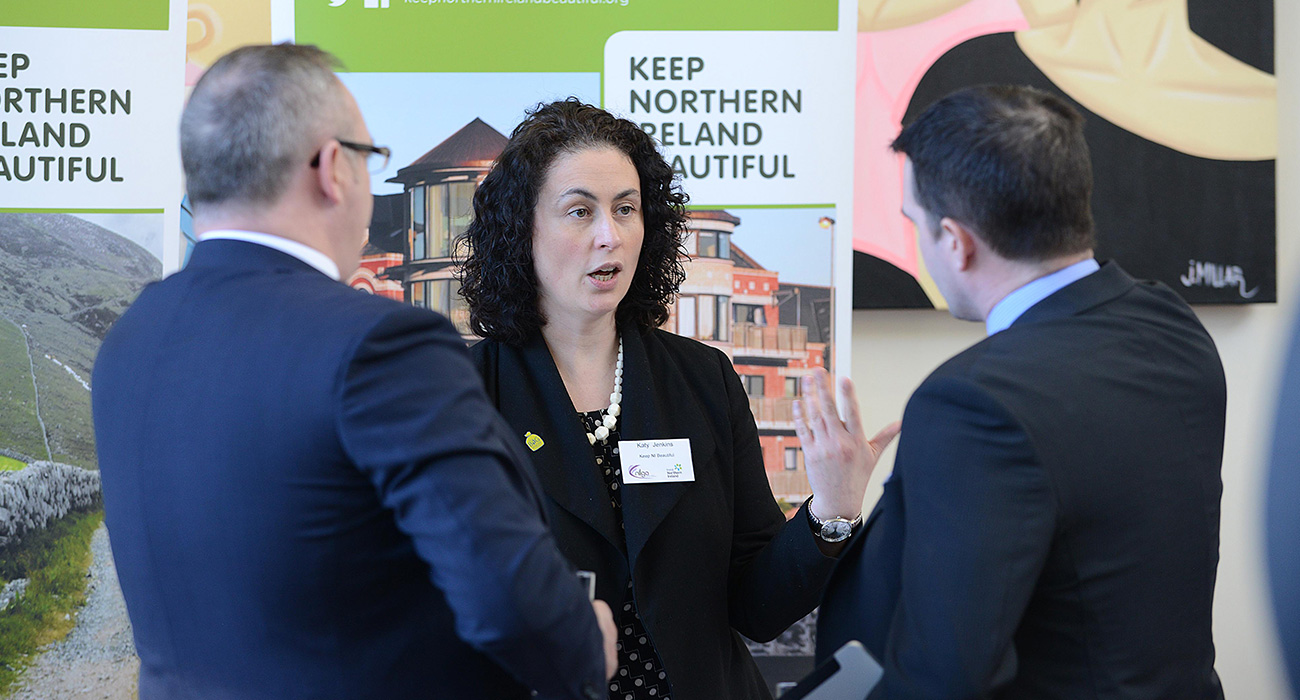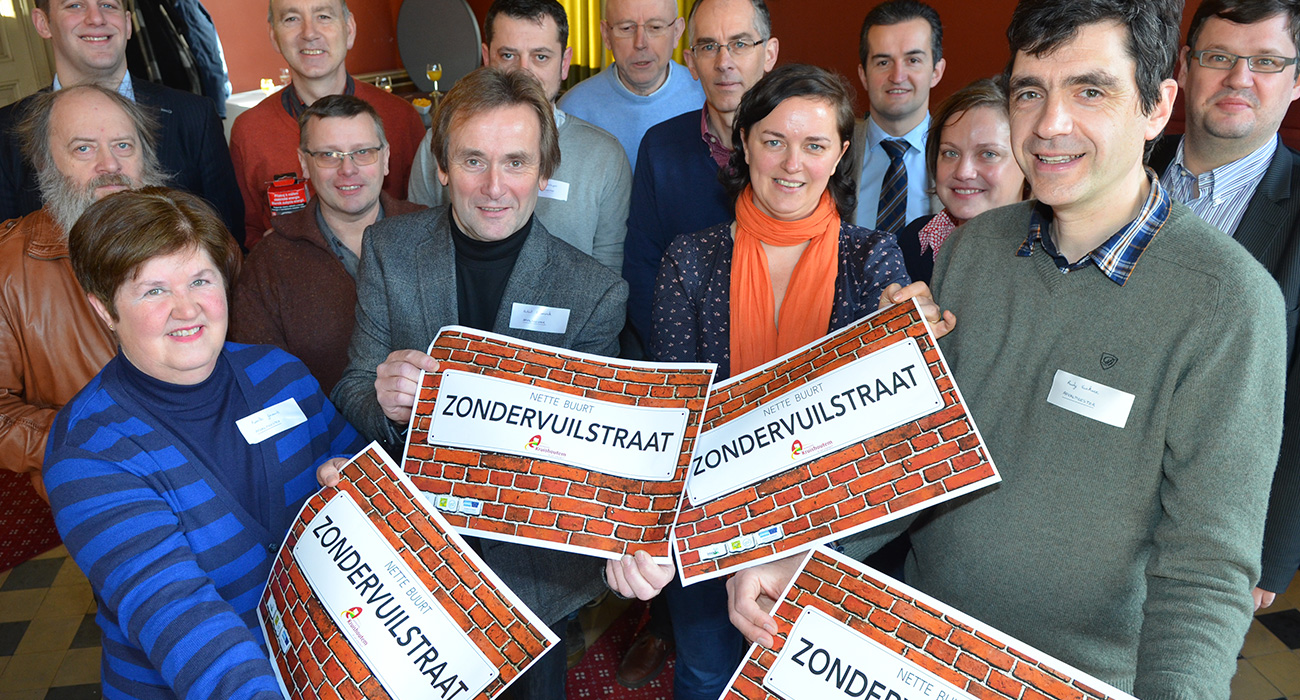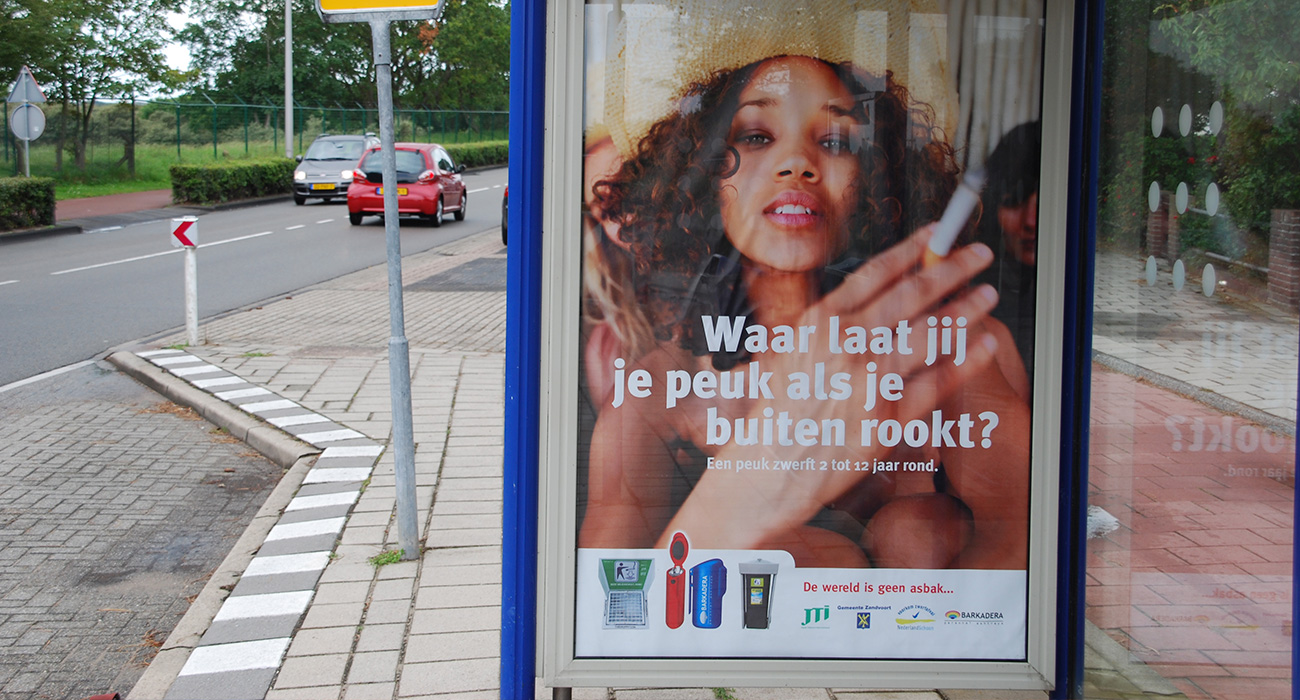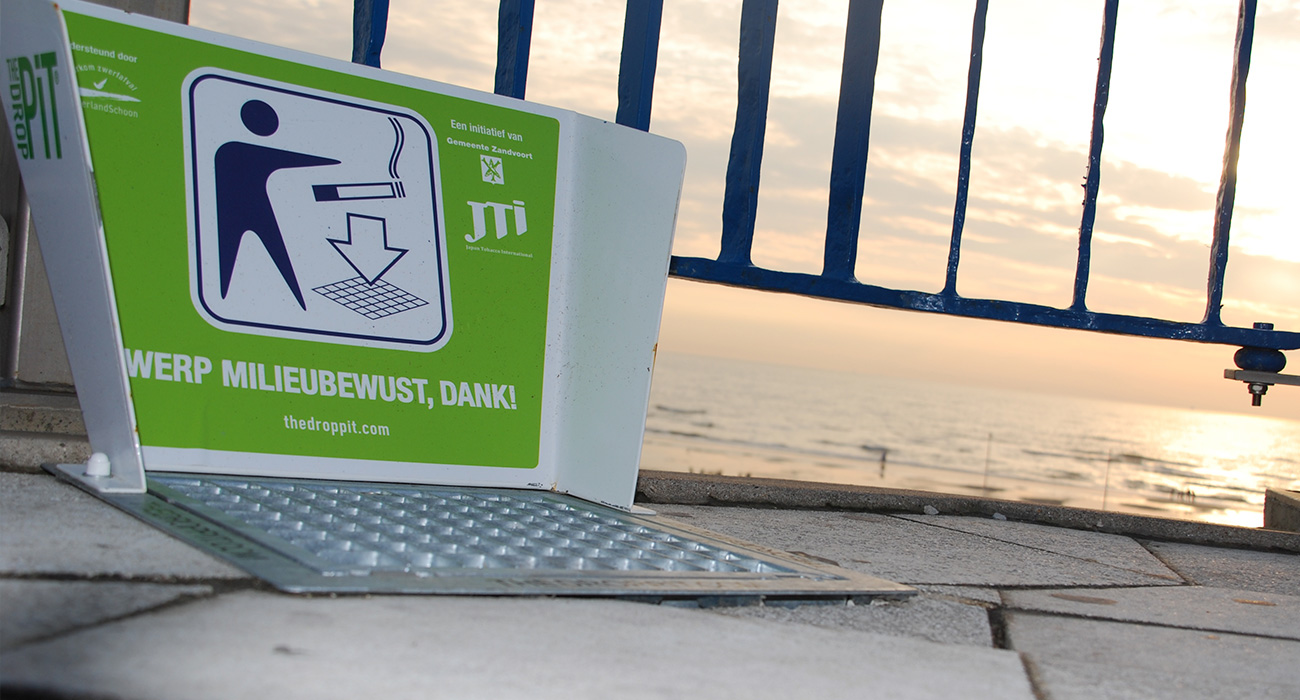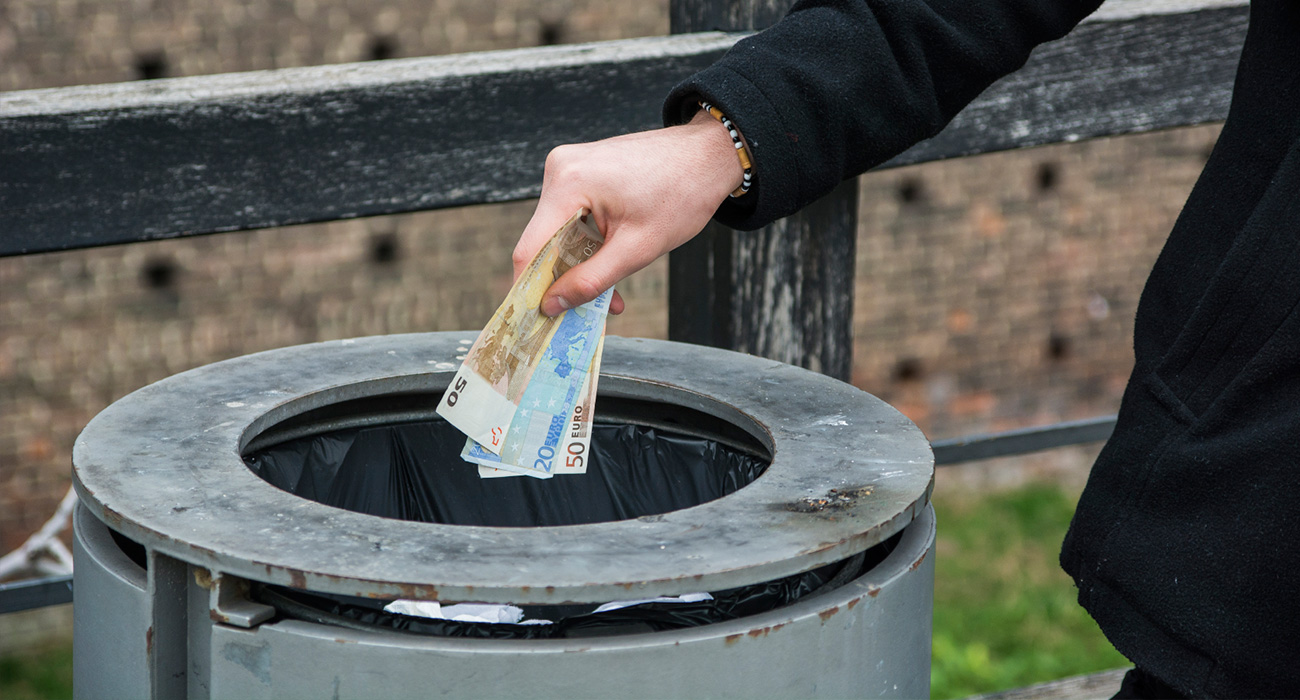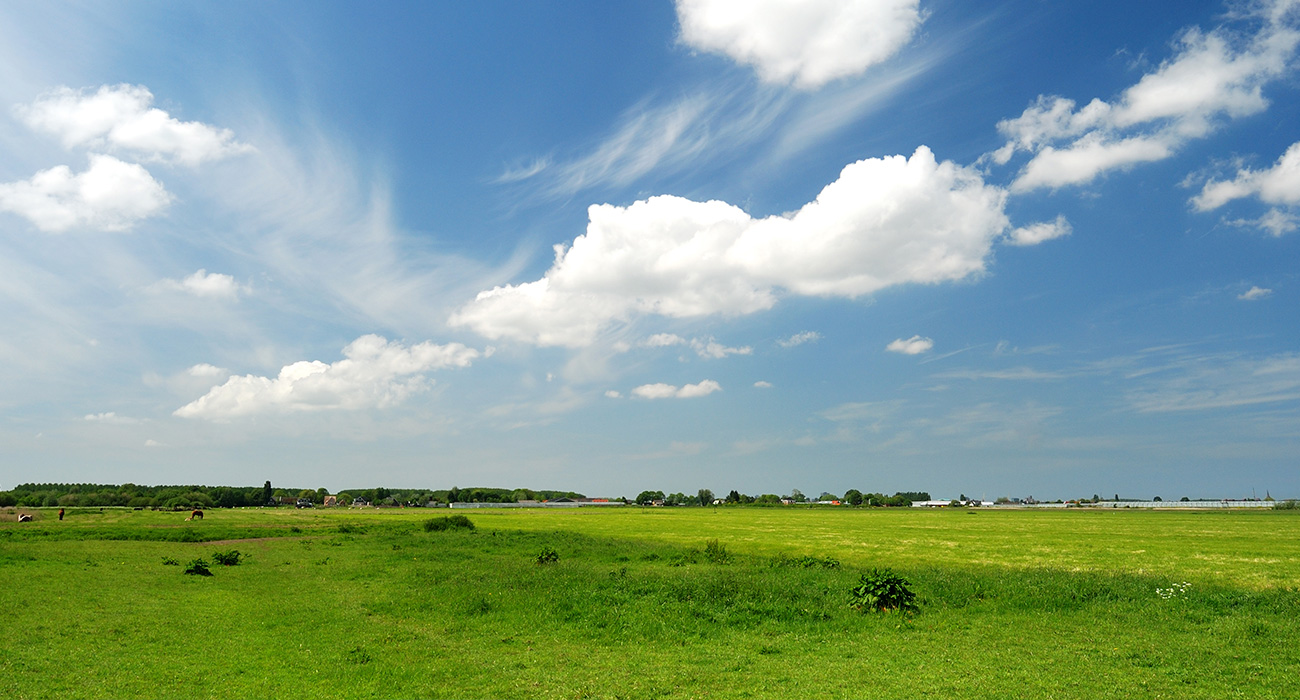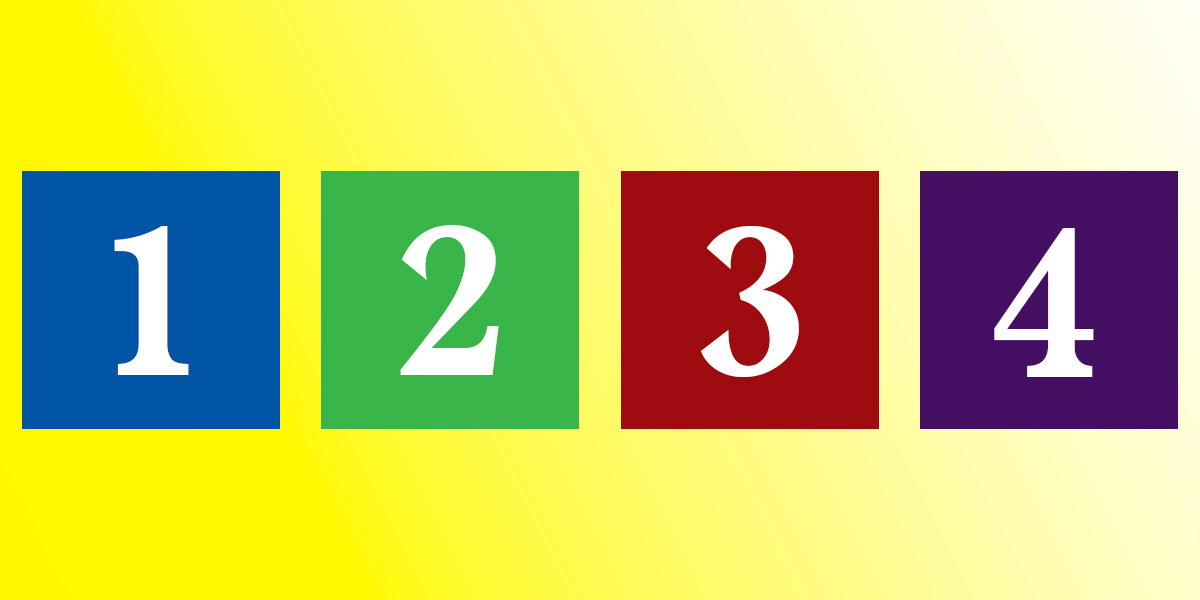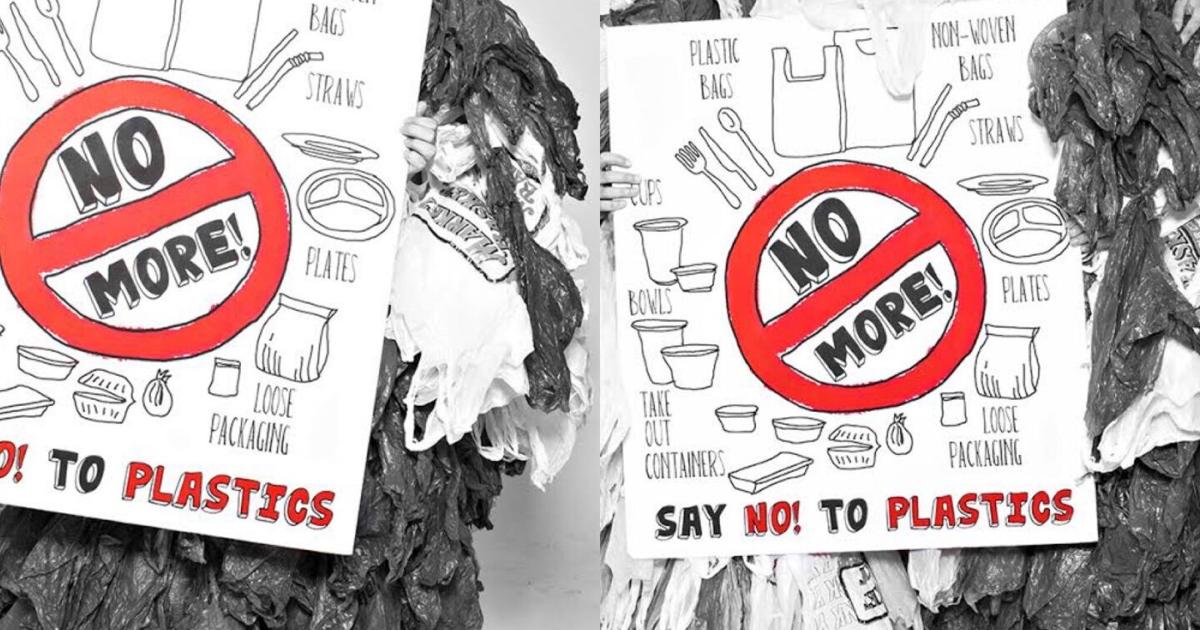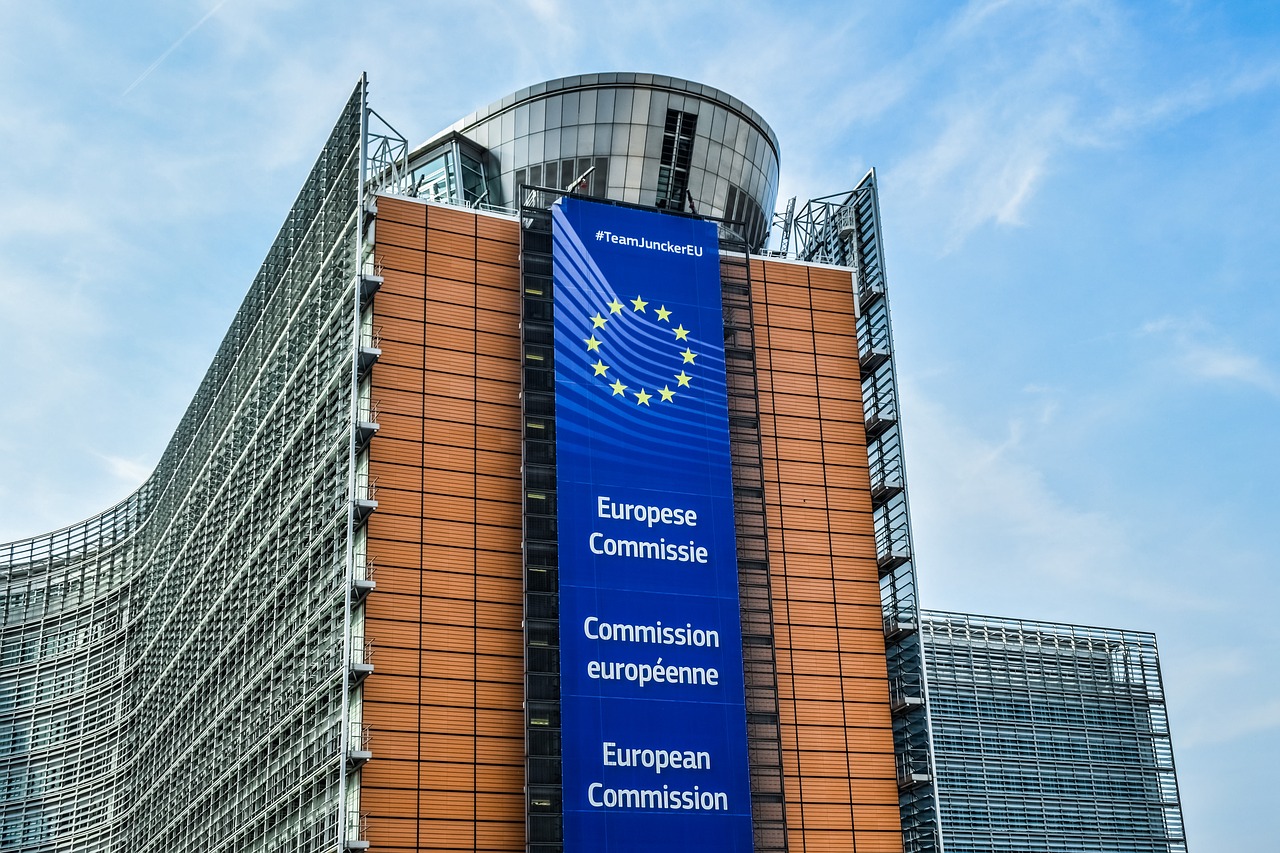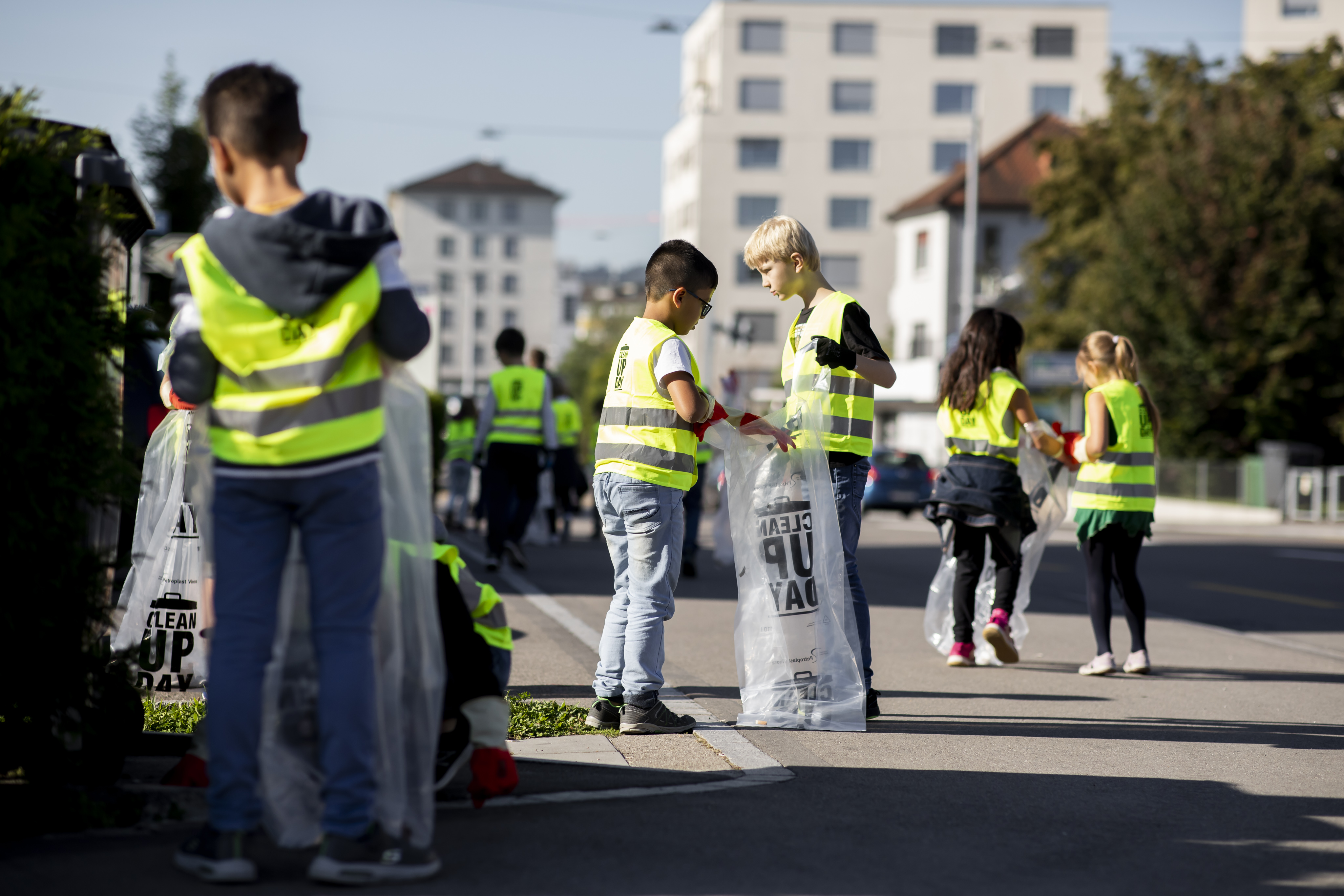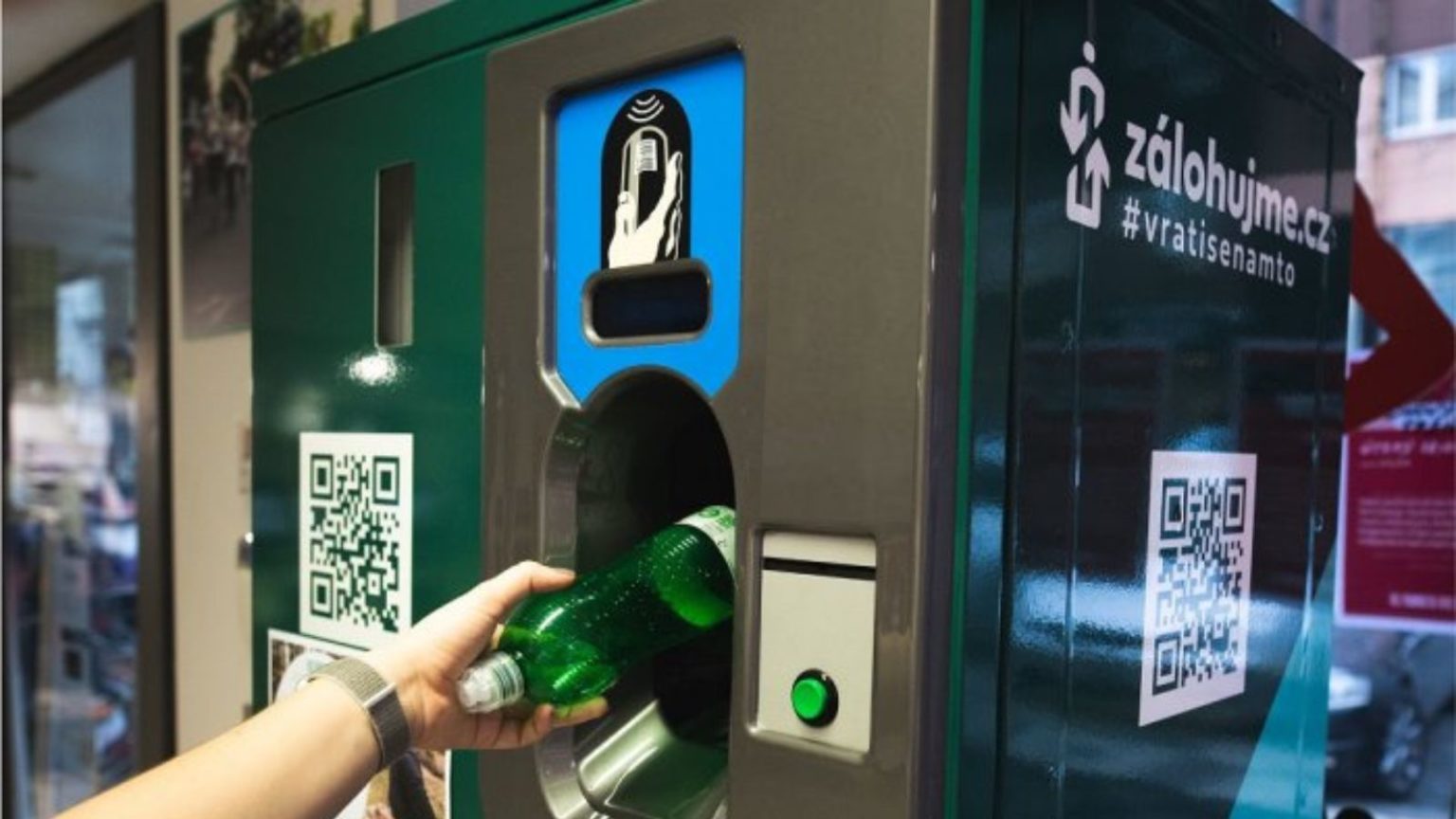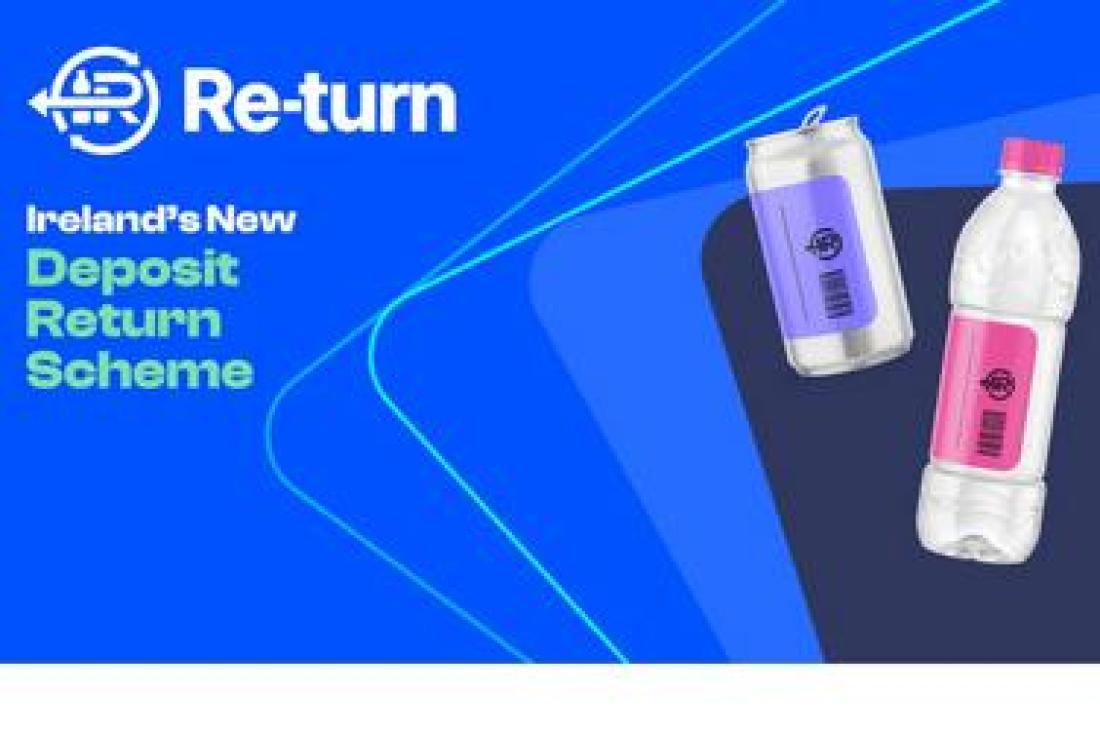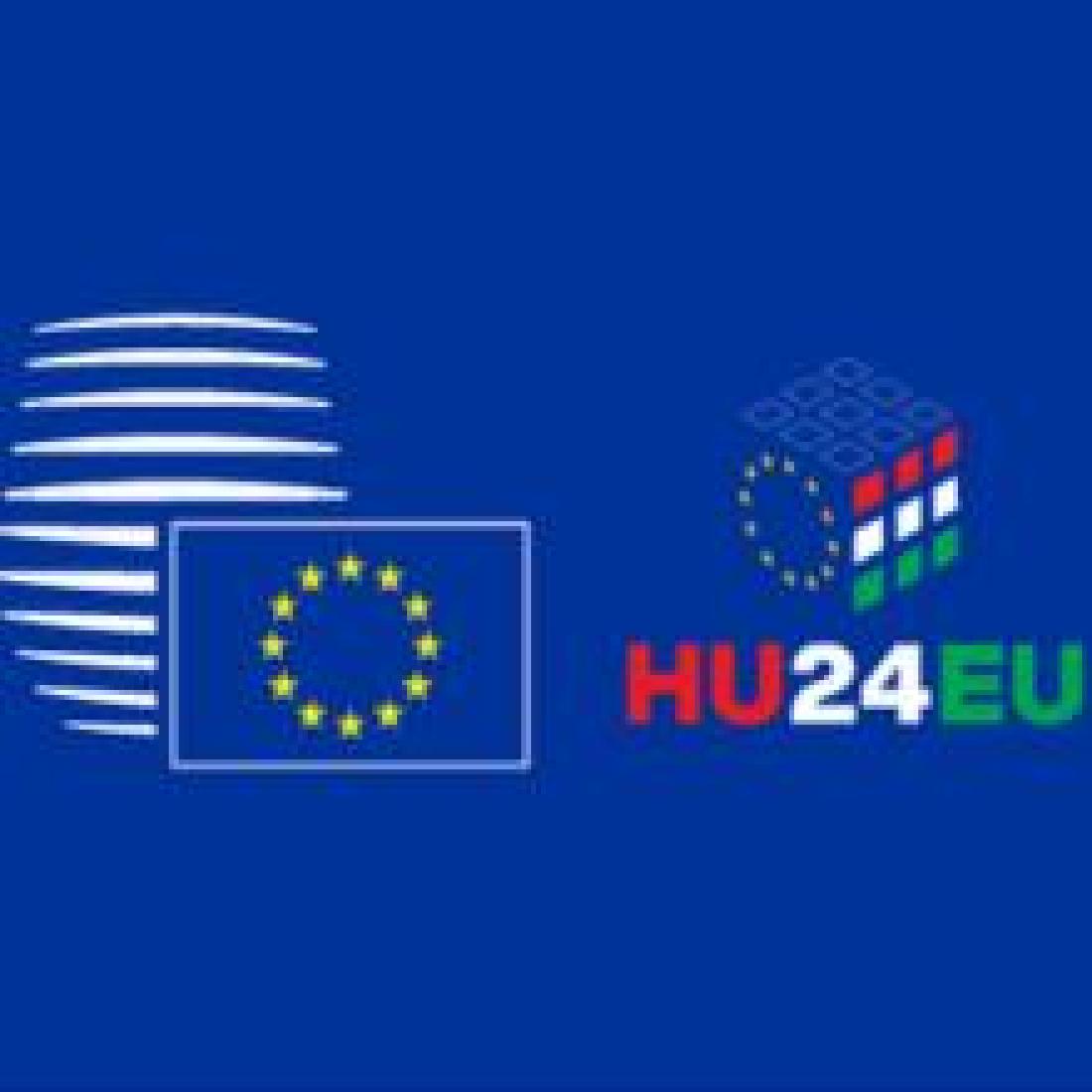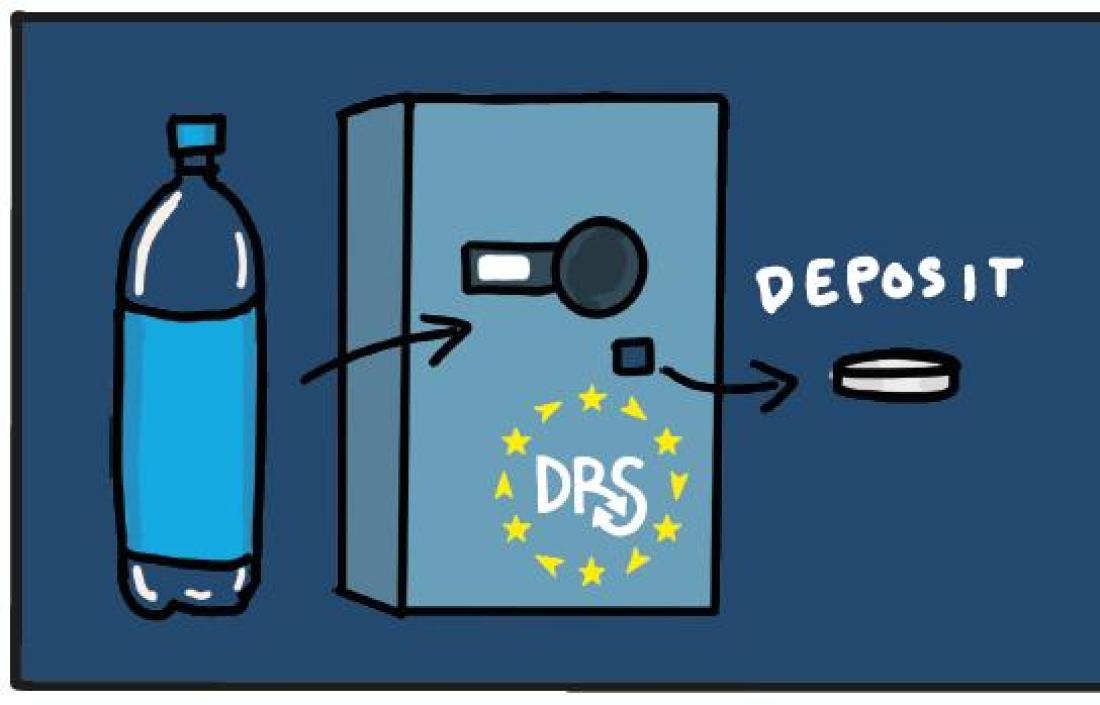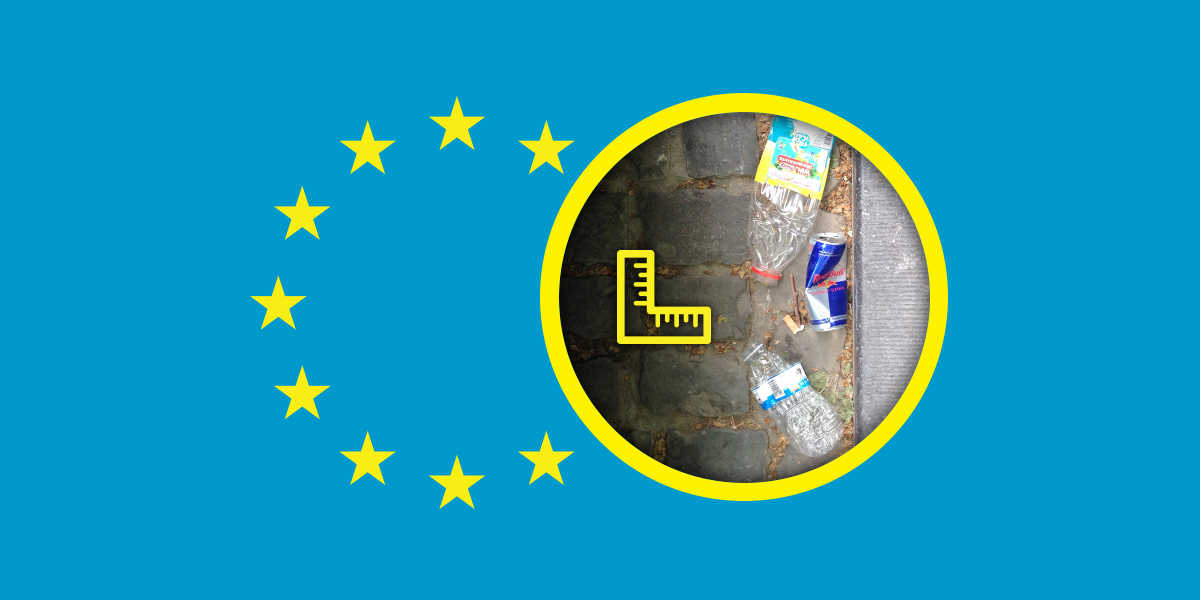
We have it! A common measurement method is born
The common European method for measuring and monitoring litter works! This was the unanimous conclusion of local authority representatives and Clean Europe Network members who were involved in piloting the prototype in 49 locations in 10 EU member states. Piloting took place in Denmark, England, Flanders/Belgium, France, Greece, Netherlands, Portugal, Romania, Scotland/UK, Spain, Sweden & Wales/UK in 2016. The common method was developed by the Clean Europe Network over the past three years. It needs some fine-tuning but the fundamentals work perfectly.
The 2016 piloting programme confirmed that north, south, east and west people in the field are able to use the common method effectively and efficiently in practice. It comprises three modules – one for grading the state of cleanliness of a specific habitat, a second for counting and categorising litter items and a third for gauging citizen perceptions about the state of cleanliness of a site. Already at this piloting stage, participating authorities are embracing the prototype method as the way forward in identifying and assessing local litter challenges – none more so than in Denmark where about 20% of municipalities are already ready to use the method on an ongoing basis after the trials.
The next step is turn the methodology into a smartphone and tablet “App” backed by a central database, so that data can be collected and then conveniently and confidentially made available to users via the “App” and/or a desktop computer. In due course, this will potentially enable local authority teams to benchmark themselves against the average or the best in their own countries or even see how they are performing versus other countries. It should also lead to some first ever hard data on the degree of littering and type of litter found all across the EU and beyond.
These conclusions emerged from a workshop kindly hosted by the European Commission’s representation office for Belgium (not surprisingly, in Brussels!). The thirty participants also heard from Julius Langendorf of the European Commission’s waste unit about the proposals from the EU that introduce a comprehensive series of measures to integrate litter and prevention of littering in EU waste law. These are being reviewed by the 28 EU member states and the European Parliament.
The main spokeswoman for the European Parliament on the waste legislation, Simona Bonafè of Italy, is advocating that the Commission be put under an obligation to develop a common litter measurement method for Europe. However, it looks like this will be superfluous if the Network’s common method continues its current impetus. Indeed, the Network’s method has the potential to become the default tool.
Also in Brussels for the event was Aaron Vuola of the UN Environment secretariat, which is based in Nairobi. He briefed the group about the UN’s important initiatives on marine litter. The UN has identified marine litter (and 80% of it starts on the land) as one of the world’s top five challenges today. He invited the Clean Europe Network to join the UN Global Partnership on Marine Litter. Mr. Vuola outlined “UNEP Live” platform which is a powerful online database of environmental information, some of it “crowd-sourced” – or as more appropriately termed, “citizen science”. In due course, litter information might even be housed here.
Development of the common European method should be fast-tracked in 2017, in the view of the experts gathered in Brussels this week. Two days later, an Extraordinary General Meeting of the Clean Europe Network made this the top priority for the organisation next year. The Network “core group” that has coordinated the development work over the past three years is co-chaired by Indevuilbak (Flanders) and Keep Scotland Beautiful (Scotland).
